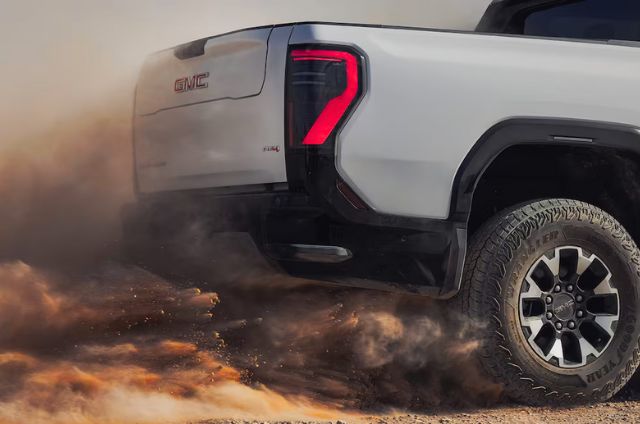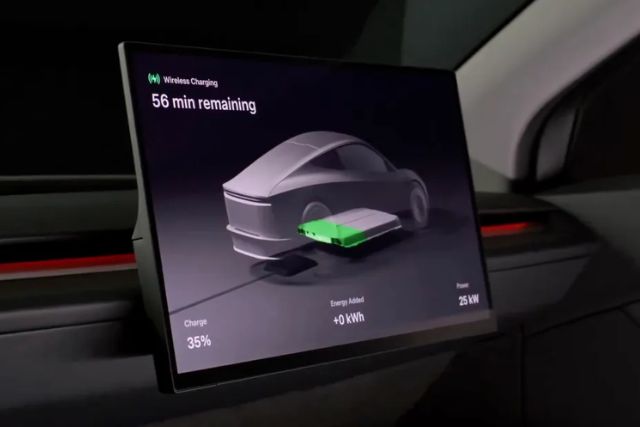Why EVs Double as Power Stations
Electric vehicles are no longer just about driving from point A to point B. Thanks to massive high-voltage batteries, many now provide electricity on demand. This feature, called vehicle-to-load (V2L), allows owners to power appliances, tools, or even camping gear directly from their cars.
Unlike vehicle-to-home (V2H) or vehicle-to-grid (V2G), which require special equipment, V2L works with simple household outlets. That makes it practical in everyday life—whether you’re tailgating, powering tools on a job site, or keeping a fridge running during an outage. It’s portable energy without the noise or fumes of a gas generator.
Mainstream Brands Embrace V2L
Automakers are racing to include outlets in their EVs:
- Ford F-150 Lightning: Offers up to 11 outlets and 9.6 kW of power, enough to run a house with Ford’s home integration system.
- Chevrolet Silverado EV / GMC Sierra EV: Both trucks provide up to 7.2 kW through multiple outlets, plus home backup capability.
- Tesla Cybertruck: Tesla’s first power-exporting vehicle, with 9.6 kW available through five outlets.
- Hyundai, Kia, Genesis EVs: Models like the Hyundai Ioniq 5, Kia EV9, and Genesis GV60 use a V2L adapter that delivers 1.9–3.6 kW, perfect for road trips or camping.
- Rivian R1T and R1S: Between two and three outlets, offering up to 1,500 W combined for outdoor gear or tools.
Luxury EVs Join In
Premium EVs also see the value in power-sharing. The Cadillac Escalade IQ includes up to three outlets and works with GM’s Energy PowerShift kit to keep a home running. The Porsche Macan Electric adds a 150 W trunk outlet for small devices. Meanwhile, the GMC Hummer EV delivers 400 W but, like other GM models, can integrate with home backup systems.
Why This Matters
As EV adoption accelerates, features like V2L highlight how versatile these cars have become. A pickup that powers your worksite, or a crossover that lights a campsite, shows EVs are more than transportation. They’re rolling energy hubs.
It’s no longer just about how far an EV can go—it’s about what it can give back when you need it most.



